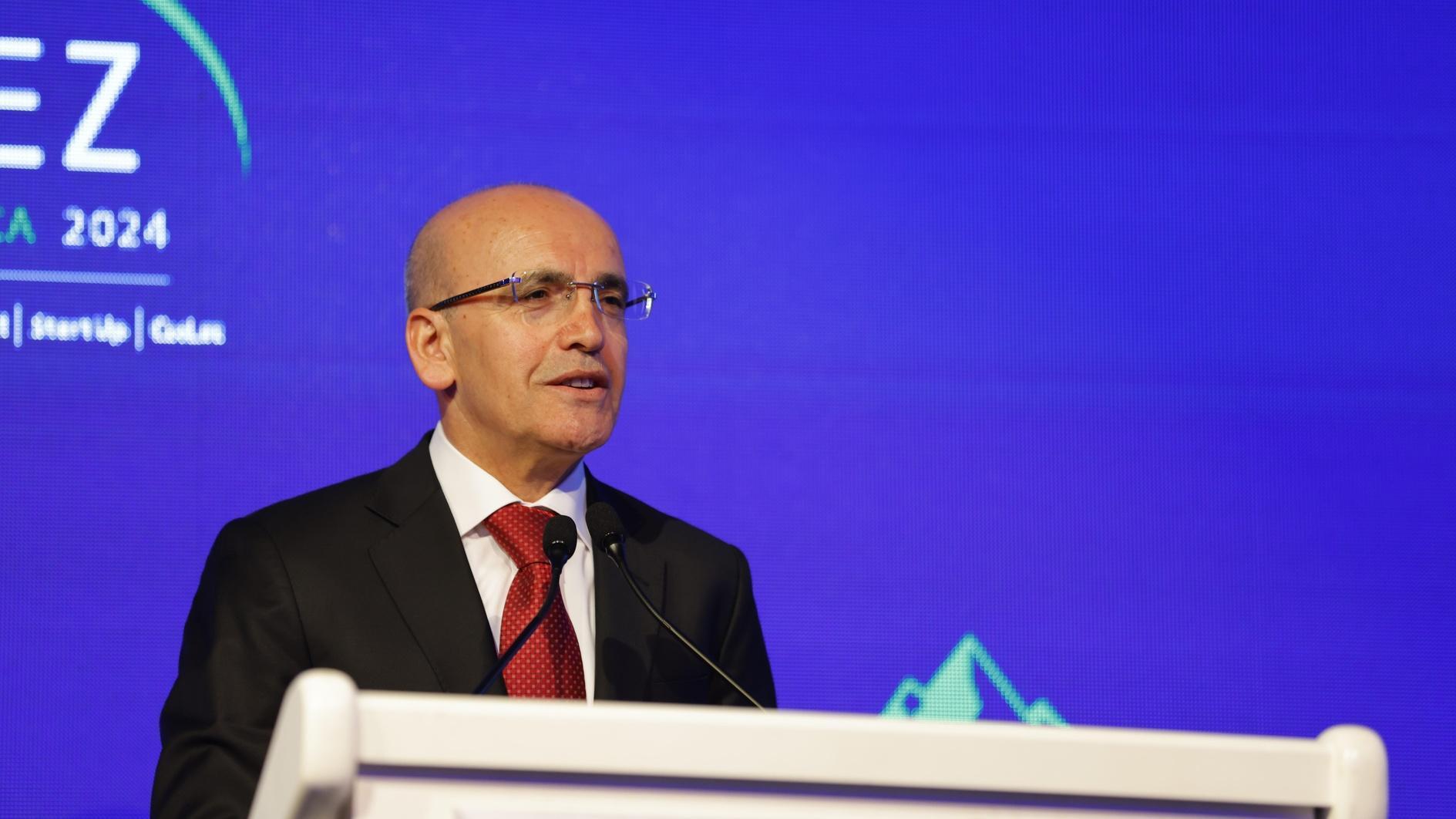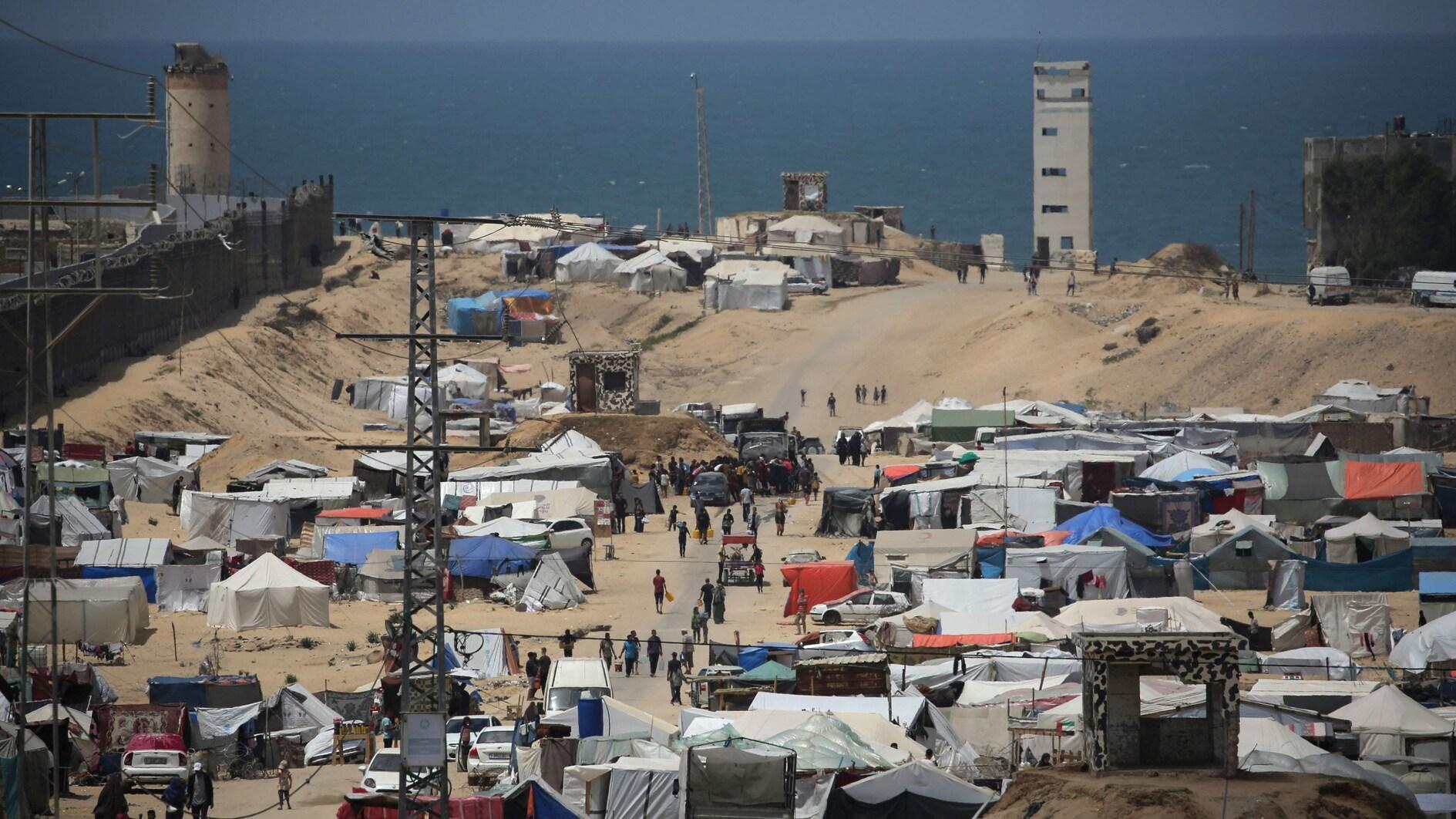New mechanisms in fight against ‘parallel structure’
A coordination meeting on the fight against the “parallel structure” (The Gülen Movement) was held on March 30, presided over by Prime Minister Ahmet Davutoğlu and with the participation of the interior, justice and finance ministers, as well as the head of the National Intelligence Organization (MİT).
The fight against the “parallel structure” has so far been conducted through the personal efforts of President Recep Tayyip Erdoğan. With the March 30 coordination meeting, the Justice and Development Party (AK Parti) government has for the first time has taken an initiative in this struggle. In the meeting there was an overview of what had been done so far and that overview revealed two shortcomings:
1) The lack of coordination with “parallel structure” elements is directly affecting the judicial process.
2) Members of the “parallel structure” have not been sufficiently purged from the security services and the judiciary due to the special provisions about judges and prosecutors in the state personnel law. Meanwhile, there have been many changes in their positions, leading to the intelligence leakage of critical operations against the outlawed Kurdistan Workers’ Party (PKK).
President Erdoğan raised this issue recently, saying: “The reason for the rise in the number of fallen soldiers stems from the police and soldiers close to the parallel structure. There is intelligence vulnerability because of the members of this structure.”
In the meeting headed by the prime minister on March 30 a number of examples were put on table, like the incidents in the Bağlar neighborhood of Diyarbakır. Details of the operation in Bağlar were leaked before it was conducted. Some 57 members of the PKK who were supposed to be caught unaware in their hideouts went out armed onto the street two hours before the start of the operation and began fighting.
This is a terrible situation for the state. Inspectors from the Interior Ministry are continuing their work to find out where these leakages have come from.
In the meeting, two new mechanisms were established with the instructions of the prime minister.
1) Each month there will be a meeting of undersecretaries headed by Prime Ministry Undersecretary Kemal Madenoğlu.
2) Each month the heads of departments responsible for the fight against the “parallel structure” will hold meetings in the Prime Ministry, the Interior Ministry, the Justice Ministry and the Finance Ministry. The terrorism and intelligence units of the security department, as well as the head of the Financial Crimes Investigation Board (MASAK), will attend these meetings.
But all of this will be followed by a much more important step.
Legal cases against the “parallel structure” have still not come to an end. A decision defining the “parallel structure” as a terrorist organization targeting the existence of the state has not yet come from the high judiciary. The National Security Council (MGK) has recognized the “parallel structure” as a threat to the state but this is not enough.
It is not enough because in our legal system the listing of foreign terrorist organizations is only published by a decision of the ministerial cabinet. For instance, terror organizations like DEAŞ (the Islamic State of Iraq and the Levant) and Boko Haram are included on the list of terror organizations with a cabinet decision. But for domestic terror organizations, a local court has to issue a ruling and the Court of Appeals needs to approve it.
This is valid for the “parallel structure,” as it is for the PKK and the outlawed far-left Revolutionary People’s Liberation Party-Front (DHKP-C).
Examples like the National Intelligence Organization (MİT) trucks heading to Syria and the Tevhid Selam case are important in order for the “parallel structure” to be officially declared a domestic terrorist organization. Clearly we are entering a new phase in the fight against this structure.











